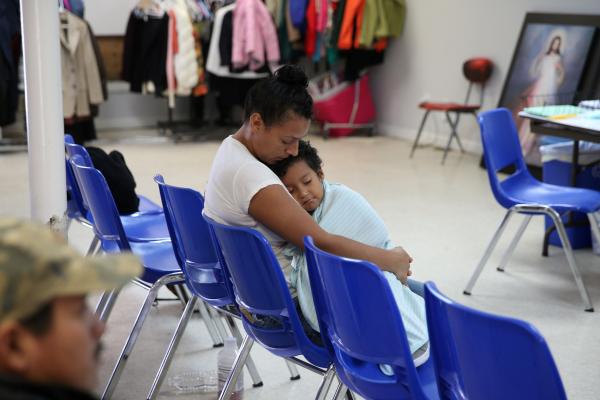Jun 11, 2018
In some instances, these parents are saying they don’t know where their children are or how they will be reunited with their kids. Marco Antonio Muñoz took his own life in a Texas jail soon after the government “separated” the Honduran man, his wife and their 3-year-old son. The undocumented family had entered the U.S. to seek political asylum.
Read the Full Article

Already a subscriber? Login
